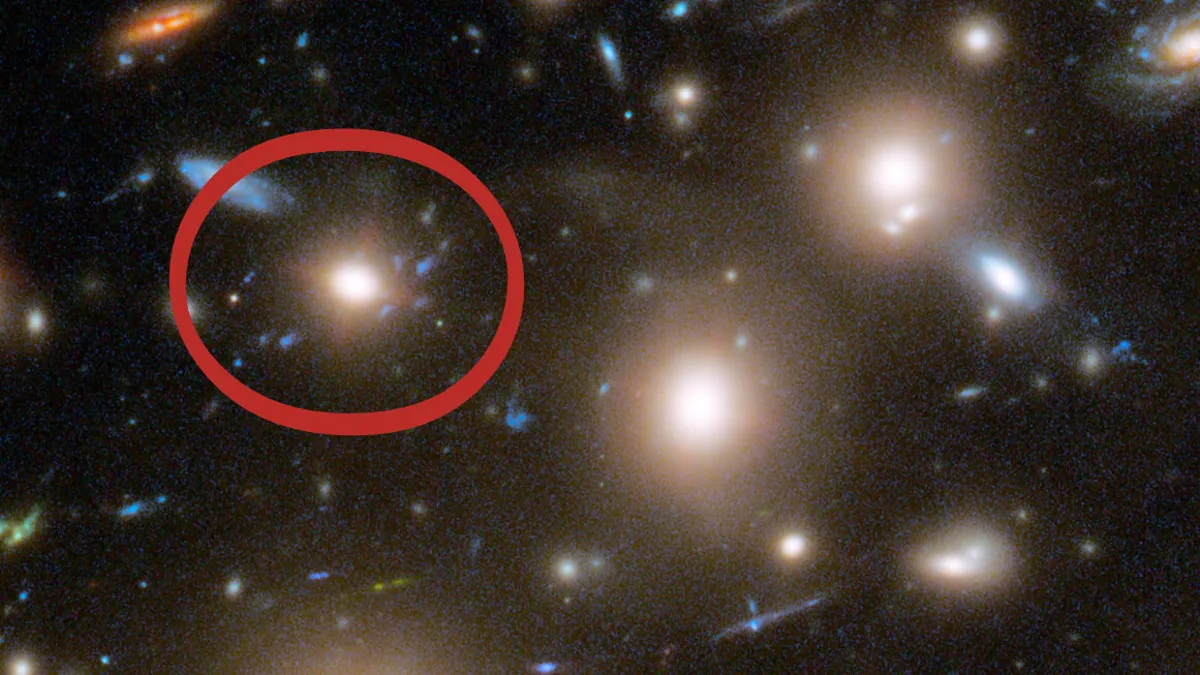The Hubble Space Telescope has caught the dying throes of a supernova 11 billion years ago. The light from the explosion was magnified by a galaxy cluster in front of the exploding star, which acted as a lens. As a result, Hubble was able to see the supernova evolving and displaying more detail than previous supernova images.
The supernova explosion is the result of a stellar core that has collapsed. This core is a neutron star, and it has about the same mass as the Sun. It spins at 30 times per second, shooting out detectable beams of energy. As a result, it looks like a pulsating ball of energy. The Hubble images show how the star was exploding just six hours after its core collapsed. Eventually, the star cooled down and the remnant became an extremely dense object known as a neutron star.
In a new study, astronomers have spotted three separate images of the supernova explosion that occurred over a period of eight days. The Hubble Space Telescope was able to capture three different moments during the supernova explosion, which helped astronomers learn more about the universe’s evolution. The results of the study were published in the peer-reviewed journal Nature.
Another significant finding of the Hubble Space Telescope is a new way to understand the death of stars in the early universe. The images of the supernova show that their color changes rapidly, from hot blue to cool red. The red color of the dying star indicates that it exploded at the end of its relatively short life span.
Hubble’s previous distance measurements were significantly off. The error was due to the wrong calibration of the standard candles. Hubble had calculated the expansion rate Ho to be 500 km/s/Mpc, which is now down to 70 (+2) km/s/Mpc.
This study supports the theory that dark energy plays a crucial role in the universe. It also argues against the alternative explanations of Type Ia supernovas. Furthermore, it provides evidence that the most distant supernovas can be observed from space. It also confirms that Hubble’s Space Telescope is capable of providing such images.
A supernova is a huge explosion in the universe that has been observed for the first time. The light that we see is only a small fraction of the explosion. Despite this, the light that is emitted by the supernova is still visible to the naked eye.
Hubble’s original purpose was to observe the Ursa Major galaxy, beyond our Milky Way stars. The first Hubble mission aimed to look past our galaxy and into the distant universe, and the second mission was scheduled for later. The Hubble telescope has become a powerful tool to study the evolution of galaxies.
Hubble has studied a number of massive stars in the past, and now has identified the most luminous star, perhaps the most powerful star in the universe. This red supergiant, called Pistol Star, releases 10 million times the energy of the Sun every six seconds. It is even bigger than Earth, and it has enough mass to fill the Earth’s orbit.


